Tag: study
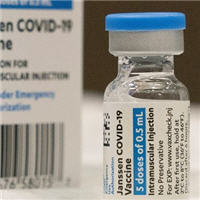
Cerebral Venous Sinus Thrombosis With Thrombocytopenia After Johnson & Johnson Vaccination
The initial 12 US cases of Cerebral Venous Sinus (CVST) with thrombocytopenia after Ad26.COV2.S (Janssen/Johnson & Johnson) vaccination represent serious events. This case series may inform clinical guidance as Ad26.COV2.S... read more
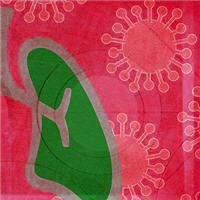
Association Between Pre-Existing Respiratory Disease and COVID-19
Previous studies suggested that the prevalence of chronic respiratory disease in patients hospitalised with COVID-19 was lower than its prevalence in the general population. The aim of this study was to assess whether... read more
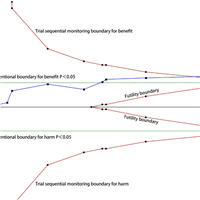
Decreased Mortality in ARDS Patients Treated with Corticosteroids
The use of glucocorticoids might result in reduced mortality in patients with ARDS. Glucocorticoids might be recommended as an adjunct to standard care for ARDS; however, the optimal dose and duration of steroid therapy remains... read more
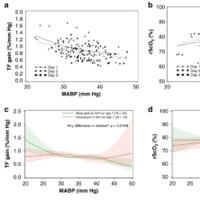
Cerebral Oxygen Saturation and Autoregulation During Hypotension in Extremely Preterm Infants
Dopamine had no effect on rScO2 compared to placebo in hypotensive infants. Hypotension and cerebral hypoxia are associated with early intraventricular hemorrhage or death. Prospective cohort study of blinded rScO2 measurements... read more

Cardiac Markers Implication in Risk-stratification and Management for COVID-19 Patients
COVID-19 patients with pre-existing coronary artery disease represented a higher abnormal percentage of cardiac markers, accompanied by high mortality and ICU admission rate. BNP together with hs-TNI, α- HBDH, CK-MB and... read more

Comparison of the Efficacy and Safety of Cuffed vs. Uncuffed Endotracheal Tubes for Infants in the Intensive Care
There was no difference in the primary outcome, though percentage time spent in optimal leak range was significantly higher in cuffed uncuffed endotracheal tube (ETT) group. Cuffed ETTs reduced reintubations to optimise ETT... read more
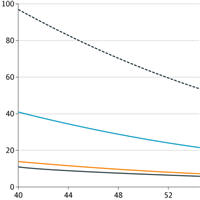
Simulated Identification of Silent COVID-19 Infections Among Children
In this simulation modeling study of a synthetic US population, in the absence of vaccine availability for children, a targeted approach to rapidly identify silent COVID-19 infections in this age group was estimated to significantly... read more

Escalation and Withdrawal of Treatment for Patients on ECMO
Discussion between clinicians and families about prognosis and goals was frequent but did not occasion decision-making moments. This study helps explain why communication interventions intended to maintain patient autonomy... read more
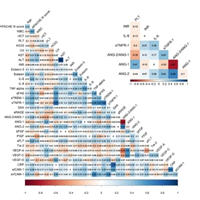
Host Endothelial, Epithelial and Inflammatory Response in ICU COVID-19 Patients
These studies demonstrate that, unlike other well-studied causes of critical illness, endothelial dysfunction may not be characteristic of severe COVID-19 early after ICU admission. Pathways resulting in elaboration of acute... read more
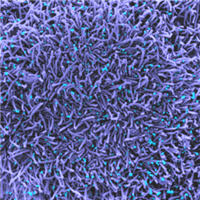
Clinical Trial of Therapeutics for Severely Ill Hospitalized COVID-19 Patients Begins
A new Phase 3 trial to test the safety and efficacy of therapeutics for COVID-19 has begun enrolling patients hospitalized with life-threatening cases of COVID-19, including those with acute respiratory failure. The trial... read more
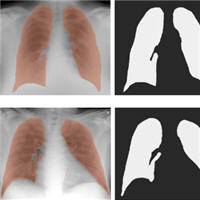
A Practical Integrated Radiomics Model Predicting COVID-19 Hospitalization
It has been widely demonstrated that radiological imaging significantly contributes to diagnosing and monitoring pulmonary and systemic involvement of patients affected by COVID-19 using different techniques like chest X-ray... read more

Association of Low Baseline Diaphragm Muscle Mass With Prolonged Mechanical Ventilation and Mortality Among Critically Ill Adults
In this study, low baseline diaphragm muscle mass in critically ill patients was associated with prolonged mechanical ventilation, complications of acute respiratory failure, and an increased risk of death in the hospital. A... read more
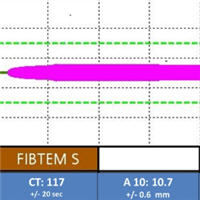
Normalization of blood clotting characteristics using prothrombin complex concentrate, fibrinogen and FXIII in an albumin based fluid
Combinations of coagulation factor concentrates suspended in albumin solutions can restore thromboelastometry parameters in the absence of plasma. This kind of artificial colloid fluids with coagulation-restoring characteristics... read more
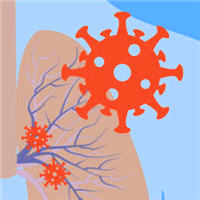
Post‑COVID‑19 Syndrome in Outpatients
Background Some patients experience long-term symptoms after COVID-19, but data on outpatients with mild-to-moderate COVID-19 are scarce. Objective To describe persisting symptoms more than 3 months after infection in PCR-confirmed... read more








